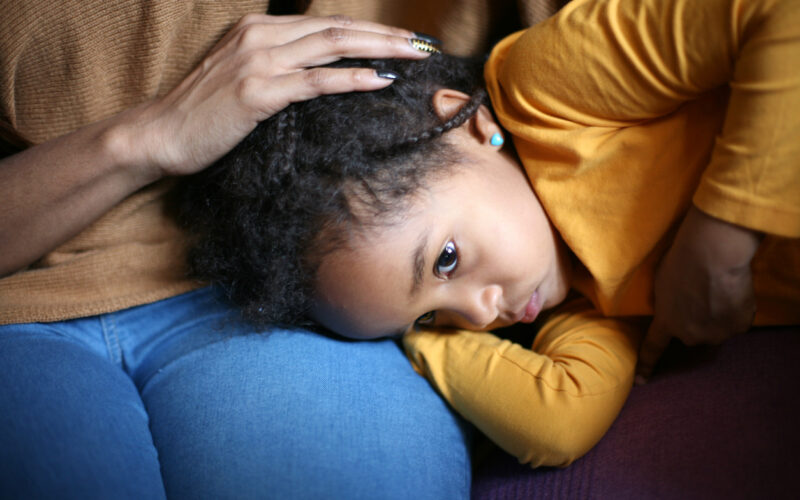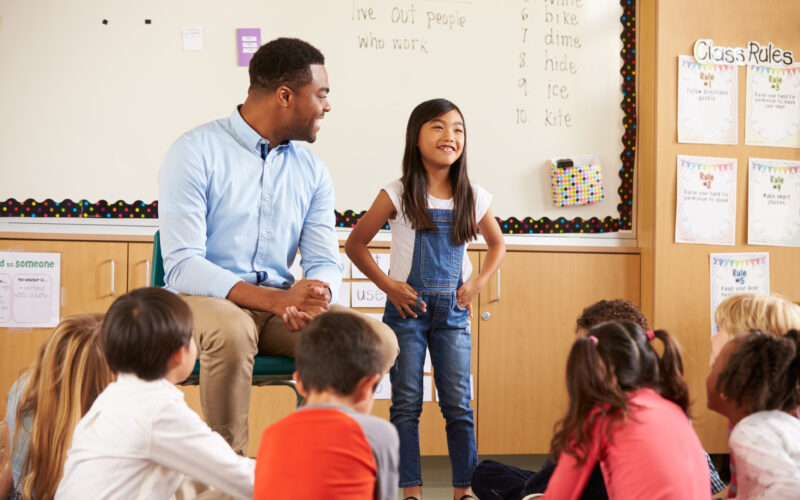A doctor’s appointment can feel like an impossible task when your child with autism has behaviour challenges. At Surrey Place, we know how difficult but crucial these appointments are, so we created a list of tips for parents and caregivers to prepare for a successful medical visit. Some families experiencing challenging behaviours may also benefit from our Urgent Response Services.
Before the visit
- Prepare your provider: Speak with your child’s provider before the appointment. Tell them what you need. For example, if your child finds waiting difficult, ask to book the first appointment of the day or bypass the waiting room by heading straight into the examination. If there is something specific that could upset your child (e.g., music, bright lights), let your provider know ahead of time. Don’t hesitate to reach out to your provider’s office and advocate for your child’s needs.
- Read a social story: A social story uses a picture book format to explain what will happen at the appointment. Social stories are a great way to help prepare your child and teach appropriate behaviours. Children love them because they are visual, and they follow a narrative. Read the social story to your child many times leading up to the appointment. If you decide to create your own social story, write it from your child’s perspective using “I” statements and their name. This will help your child envision themselves at the center of the story.
- Use rewards: Consider rewarding your child after the appointment by getting a treat together or allowing your child to watch a video on an iPad on the way home. It is important to let your child know about the reward beforehand so they can anticipate it. If you use a social story, include the reward as part of the narrative. Your child may manage the discomforts of the visit better if they remember that something fun is waiting for them.
- Use a calendar: Mark the appointment on a physical calendar in a common area (e.g., a kitchen calendar or whiteboard). This will help your child remember and prepare for the upcoming visit. Remind your child about the reward each time they look at the appointment on the calendar. By reinforcing the reward, you’re positioning the appointment as something positive. Who knows – your child might even start to look forward to the visit since they will get something special when the appointment is over.
- Use a visual schedule: A visual schedule is an illustrated representation of the day’s activities. The idea is to give your child a sense of predictability about what they can expect during the day. Include the medical visit as one activity on the visual schedule. Don’t forget to also show the reward on the schedule, so your child sees that after the appointment, they get a fun activity or something else they enjoy.
- Have an exit strategy: Even if you follow all these steps, things may not go as planned. Let your provider know you may need to leave early so they’re prepared for this possibility and can check in with you.
During the visit
- Bring another adult: If you’re able to bring another adult to the appointment, one person can focus on the child while the other focuses on the doctor.
- Use distraction: Bring distractions to keep your child busy while you speak with the physician. Some ideas include music, a video on an iPad, snacks or a colouring book.
- Use smaller rewards: For visits where your child needs to get a needle (or deal with something difficult or uncomfortable), consider bringing a smaller reward to the visit. This can help your child get through challenging parts of the appointment (e.g., preferred foods or favourite toys). Remind your child about the bigger reward they will receive when the appointment is over.
- Don’t push through: If you notice signs that your child is getting upset, end the appointment. Medical triggers will only get work if you push through because your child will remember the appointment as a negative experience. Focus on remaining calm and leaving the doctor’s office safely. You can always follow up later with the doctor’s office to book another appointment. Ending early, before challenging behaviours arise, is still a success.
Resources for Parents and Caregivers
If you’re a parent or caregiver whose child has new or escalating high-risk behaviours like self-injury, aggression, or property destruction, you may be eligible for Urgent Response Services for children and teens registered with the Ontario Autism Program (OAP). Urgent Response Services offers brief, rapid support from a multidisciplinary team to quickly address new behaviours that have been emerging in the last 14 days or less.
New environments and public spaces are one of many potential behaviour triggers, along with social, psychological and physical factors.
About Urgent Response Services
This resource was written with support from staff in Urgent Response Services. Urgent Response Services are part of the Ontario Autism Program. They were created to support children or youth with an emerging urgent need. Surrey Place leads Urgent Response Services for Toronto Region in partnership with 2-Spirited People of the 1st Nations, Community Living Toronto, Family Service Toronto, Geneva Centre, Holland Bloorview, Kerry’s Place, Lumenus, SAAAC, SMILE Canada and Strides Toronto.
Resources
If you enjoyed this article, check out these other great autism resources:
Challenging behaviours:
Mental health resources:
Transition resources:
- Tips for Helping Your Child Transition Between Activities
- How to Set Up an IAS in the Home
- Tips for Teaching Executive Functioning Skills
- How to Use a Visual Schedule to Support Routines
- How to Get Started with Toilet Training
Safety resources:
Eating habits and hydration resources:
- How to Encourage Healthy Sleep
- Tips for Encouraging Healthy Eating
- Beginner’s Guide to Nutrition
- Simple Ways to Stay Hydrated During the Summer Months
Additional helpful resources:
- Carol Gray’s Social Stories: https://carolgraysocialstories.com/
- Information about reinforcement:


